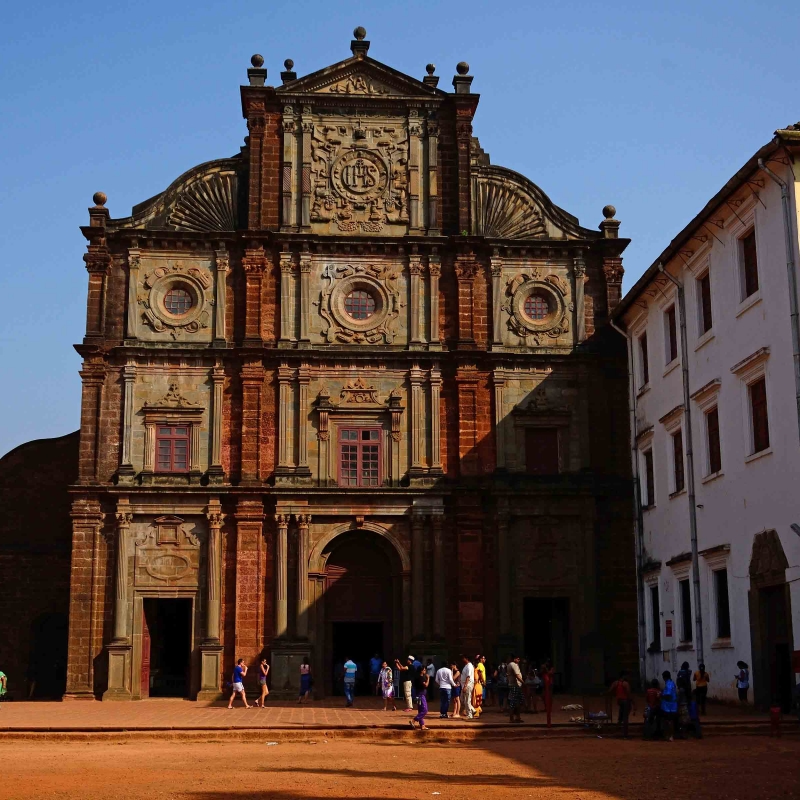Located on the south bank of the river Mandovi, upstream from the capital Panjim, Old Goa is today a site of tourist consumption for the best part of the year. From a sea of palms rise a few majestic buildings, set on the lawns that typically denote a site protected by the Archaeological Survey of India (ASI). Mostly churches and convents, these monuments are usually thronged by tourists and those catering to them. The only relief is during festive occasions on the Catholic calendar, when worshippers may outnumber the tourists. But even this worship gets sold as a tourist attraction.
This is of course not all that remains of the Cidade de Goa, reputedly one of the biggest global entrepôts of 500 years ago, and the heart of the Estado da Índia, the Portuguese maritime empire that stretched from the African coast to Japan. There are many ignored remains of the old city getting weathered away in the groves (Wilson 2015), and crying out for excavation before they disappear. There is also much that is scattered all around Goa and even beyond. The capital of the Estado was a huge place, in terms of space, wealth and importance, and it is no exaggeration to say that it continues to exert its influence over the Goa of today.
The city was born before the Portuguese arrived here, but it was as the capital of their mercantile empire that it became celebrated as the Rome of the Orient, a title that reflected two somewhat contrary pulls—the classicist and humanist movement of 16th-century Portugal, and also the city’s growing importance from the early 17th century as the centre for Christianity in Asia (Malekanthethil 2009). The 16th century was the Portuguese century, when their caravels roamed almost every ocean of the world and connected ports and people like never before. It was also the heyday of the City of Goa, when big ships would dock at the city’s harbour, and as many as seven markets flourished in the city, along with a vast number of Catholic institutions. But a slow decline in both empire and city started soon afterwards, and the capital was formally moved to Panjim in 1843.
The small group of protected monuments that stand here today are Goa’s premier tourist attraction and also feature on the UNESCO World Heritage List. They are a magnet for Catholics from Goa and beyond, especially on festive occasions like the annual feast of St. Francis Xavier. But this popularity is deceptive. Priceless heritage is actually disappearing by the day because of the pressures of so-called development and an uncaring administration. It may not be long before there is nothing that remains of this heart of the imperial era that gave birth to the modern world.
Estado da Índia: An enterprise that changed the world
Three ships captained by Vasco da Gama launched the Portuguese presence in the Indian Ocean, landing on the Malabar coast in May 1498. The plan of the newly Christianised kingdom of Portugal, under the king Dom Manuel, was to find ‘spices and Christians’, that is, Christian allies who would help them finish the ‘Moors’ (i.e., Muslims) in trade and also in the Holy Land. Added to this was the ambition of ousting Venice (the trading ally of the Moors) as the premier supplier of Eastern spices to Europe (Subrahmanyam 1997).
Vasco da Gama failed with the Christians (he found them in smaller numbers than expected) but not with the spices. He took back pepper, cinnamon and ginger, along with amber and musk, on his first trip. He also found armed and wary kingdoms, and a well-established trading system that reached almost all across Asia.
The Portuguese decided they needed to do three things to build a profitable enterprise: trade locally, control and tax all trade on the seas, and finally, monopolise the trade from Asia to Europe. For all of these, local bases were essential. The first was set up at Cochin in 1501, but the field of operations soon expanded beyond the Malabar, north to Karnataka, the Konkan, Gujarat and the Persian Gulf, south to Sri Lanka, and east to the Malay seas.
In 1510, the then Viceroy Alfonso de Albuquerque was invited by Timmaya Nayaka—trader, possibly pirate, envoy of the chief of Gersoppa and, most importantly, a servant of Vijayanagara—into an alliance to attack the islands of Goa (which the Portuguese called Ilhas), then a part of the Bijapur Sultanate. Bijapur was weak, said Timmaya, and disliked by the leading Saraswat merchants of the territory, who would welcome the Portuguese. It would appear that Timmaya’s plan was to use Portuguese help to get Goa under the control of Vijayanagara with himself as governor (Shastri 2000). Albuquerque agreed and the alliance succeeded. Ilhas (today’s Tiswadi) was conquered—twice, for Bijapur managed to take it back briefly that same year—and retained by the Portuguese, giving them an independent base and a stronghold that would last into the 20th century.
The region that eventually became today’s Goa was already well known for its natural advantages for trade. One was its high agricultural productivity; second, its many harbours; third, connectivity to the spice-producing Ghats and the Deccan hinterland, for its rivers were navigable to quite a distance inland. Goa, in fact, provided the best access to the Deccan from the sea; plus it was the port of entry for that vital commodity: war horses (Rossa 2011). In the decades that followed, the territories of Salcette, Bardez, and Mormugao also came under Portuguese control. This region, along with Ilhas, would be known in later times as the Velhas Conquistas (Old Conquests) of Goa.
So, around 60 years after Vasco da Gama’s first trip, a Portuguese empire had come into being, the Estado da Índia Portuguesa (Portuguese State of India). It was a littoral-based empire that extended from the Cape of Good Hope to Japan. It consisted of strategic ports which controlled local and international trade, and were in regular military and commercial contact via the so-called carreiras (or Crown trade routes), of which the most important was the Carreira da Índia, the annual sea-run from Portugal to South Asia and back. The real Portuguese conquest was thus sea-borne trade, which operated through at least 15 bases on the Arabian Sea coast, besides those in the Bay of Bengal and East Africa, West Asia, Ceylon, Indonesia and China. And the capital of all of this was the Cidade de Goa.
This Portuguese domination of Indian Ocean trade, so complete in the 16th century, began, however, to slip in the 17th century, with the English and Dutch cutting into the European markets, the Mughals favouring these rivals, and attacks by the Omanis and Marathas, along with Spanish overlordship at home as well as corruption in the Estado. By the end of the century, many Asian bases were lost, including the Malabar coast. The trend continued in the 18th century with most of the Província do Norte (northern provinces) taken by the Marathas, who were aided by the British. This disaster pushed the Estado to set up a land army and launch aggressive campaigns around Goa, adding about 2,800 square kilometres of the Novas Conquistas (New Conquests) to its former 800 square kilometres.
Estado trade was now increasingly limited to the South Asian peninsula. Late 18th-century Goa was a small but stable land power, a trading centre of European arms among other things, and a mediator in the wars between the Marathas, the British, the French and the sultanate of Mysore. The Portuguese language—lingua franca of Indian Ocean trade from the 16th century—remained the medium of communication between many South Asian states till it was replaced by English in the 19th century.
Things were more difficult then, when the British surrounded the Estado on all sides, keen to either annex it or buy it out, even occupying Goa for 14 years under the pretext of the Napoleonic wars. But the Estado would survive the Raj, folding up only with the Indian invasions in the 1950s and '60s.
Cidade de Goa: The meteoric rise and fall of the ‘Rome of the Orient’
The City of Goa was the first city in Asia to be ruled by the Portuguese. It was also created by them, though a settlement existed here before the Estado came into being. The original Ela or Gove started off as a minor port, but became the new capital of the region in the mid-15th century, thanks to the silting of the harbour at Gopakapattana (today’s Goa Velha, on the south coast of Ilhas) and the proximity of the Ponda forests for shipbuilding (Malekandethil 2009). Under the Adilshahis, Ela/Gove was about 20 hectares in area, surrounded by a wall, hemispherical in layout, with towers and a moat, and containing streets, squares, a royal palace, mosques and temples (Rossa 1997), as befitted the second city of the Bijapur Sultanate.
The settlement presented some problems for its new Portuguese rulers.
The land defence was difficult—obviously irrelevant for the Bijapuris but crucial for the Portuguese—for it required major installations, especially at passage points such as Benastarim, which was only captured two years after the city’s conquest, thus stabilising domain over Tiswadi Island. Goa’s location thus went against the most elementary principles usually followed by the Portuguese, who sought sites near the sea with good land defences. Even the port did not have the best access or anchorage conditions for ships, a situation which worsened considerably with its progressive silting. (Rossa 2011)
It is believed that the Estado city (see map) based itself on the Bijapuri one, using its road layout and larger buildings, destroying its mosques (Wilson 2015) and expanding from the riverbank up into the hills around (Rossa 2011). On the river were the docks and warehouses, from where two gates opened into the walled city, the River Gate to the west and the Fortress Gate to the east. The road through the latter was the Rua Direita (Main Road), also known as Rua dos Leilões (Road of Auctions), a busy commercial thoroughfare. The wealthiest merchants and craftsmen, and other rich folk lived along this road, where one also found the establishments of lapidaries and goldsmiths.
Halfway down this road, a lane turned west to the square of the parish church of St. Catarina. This church, now known as the Sé Cathedral (figure 1), was raised to the status of a sé (cathedral of a bishop) in 1534 when Goa became a bishopric, and then rebuilt (1564–1652) to majestic proportions after it became an archbishopric. Near it was the Franciscan Convent and the Church of Espirito Santo (Holy Spirit), said to be built on the site of a Bijapuri mosque (Rossa 2011), and the later Archbishop’s Palace. To the north were the Town Hall and the Royal Tobacco Store, both long gone.
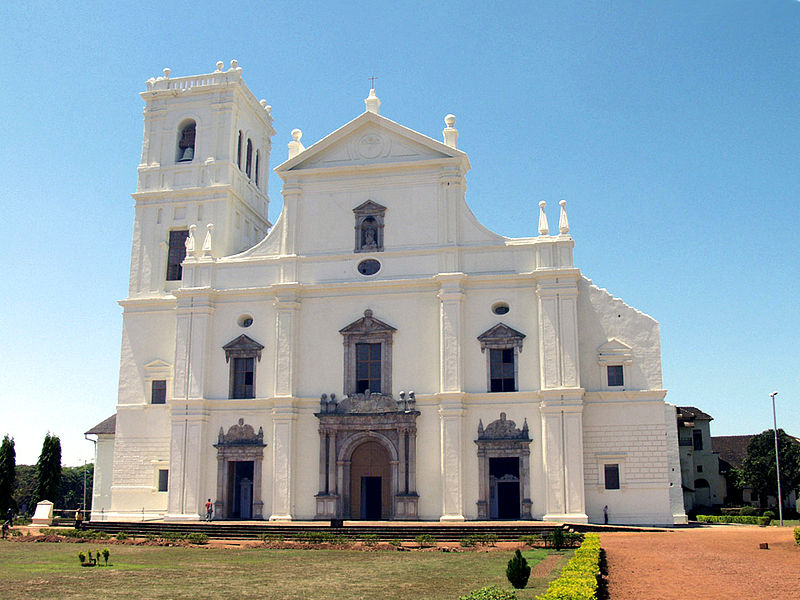
Figure 1. Front view of Sé Cathedral
This church square was actually named Terreiro do Sabaio (the Square of Adilshah), for to its south was the former Bijapuri royal palace, first occupied by the Viceroy, then housing the office of the Inquisition. A new palace, the Paço dos Vice-Reis (Palace of the Viceroys) or Fortaleza (Fortress), was later built at the north end of the Rua Direita, on the site of the old Bijapuri fort. Its square was edged by other institutions including the Upper Court of Justice and the later Theatines’ convent.
At the south end of the Rua Direita was the cattle market, before which opened another square of the Misericórdia (a charitable institution that was a part of all Portuguese settlements), another church, a guesthouse and a bazaar. Outside the southern gate was a great crossroads at the site of the old pillory (later shifted), where there was another bazaar, a guardhouse, a slaughterhouse and a common court.
Thus the entire institutional area of the city, and indeed the Estado, lay along the Rua Direita and within the Bijapuri wall (Rossa 2011). The other streets followed a radial pattern and were lined by masonry houses, uniform in the Portuguese manner (Wilson 2015), with a yard behind, sometimes two storeys, tiled roofs, oyster shell window panes, and red and white paint (Rossa 1997). There were probably also many humbler houses and agricultural spaces within the city (Wilson 2015). With the Cidade raised to the status of a city in 1518, it was administered by a municipal council comprising elected members from among the urban and merchant elites, giving them a lot of say in the city’s development (Malekandethil 2009).
A great re-ordering and rebuilding took place in the city from the 1550s, with the Counter-Reformation objective of making a grand and visibly Catholic urban landscape:
As in European territory, though here with expressions and size never attained anywhere else in the empire, the augmented scale and splendour of the religious architecture was considered an essential means for fighting heresy... It is also important to note how it became impossible for any religious congregation or order not to have a house in Goa. (Rossa 2011)
Most of the city’s monumental buildings came up between 1550 and 1620, many on the hills surrounding the city, an urban layout apparently inspired by Lisbon (Rossa 1997, 2012). Older buildings were rebuilt to monumental proportions. The old city wall was demolished and the old Fortress Gate redesigned as a Roman triumphal arch, the Arço dos Vice-Reis (Arch of the Viceroys), in 1597. This arch collapsed after being deplastered in 1955; the present arch is a new one (Santos 2016).
Albuquerque had ordered the setting up of a hermitage on the hill from where he had commanded the battle against Bijapur (Rossa 2011); this was rebuilt into the Church of Nossa Senhora do Rosário (Our Lady of Rosary, figure 2), forming the western boundary of the city. Near it came up the Santa Monica Convent (1606, the Estado’s only convent for women), the convents of the Augustinians and the Hospitallers of St. John of God, and other church institutions.
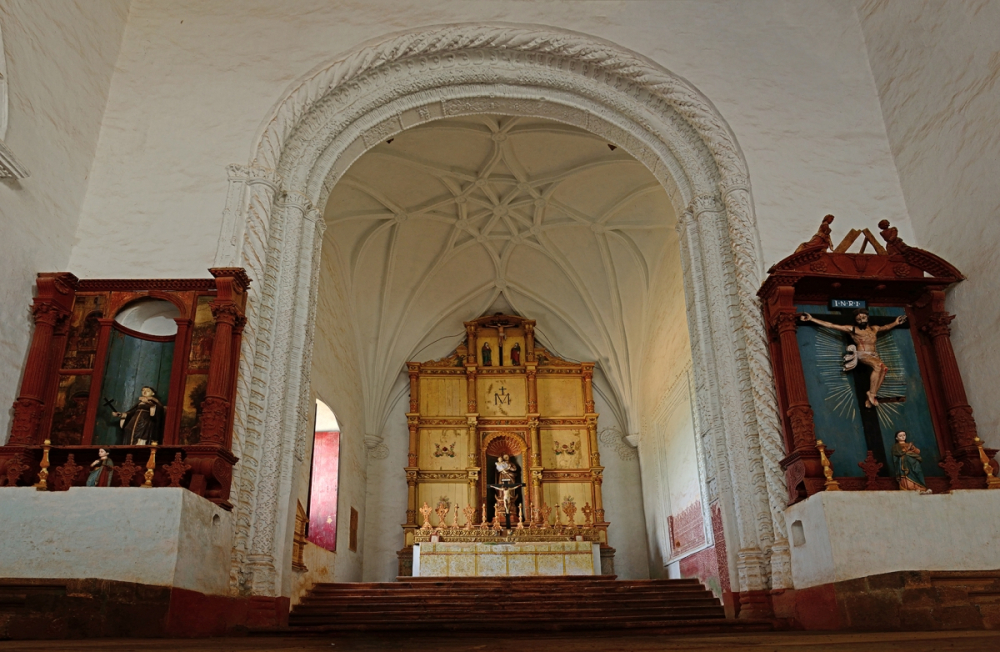
Figure 2. The chancel (altar area) of the Church of Our Lady of Rosary
The Oratorian convent of Cruz dos Milagres (Miraculous Cross) marked the southern edge of the city, while the eastern, and the highest point of the city, was occupied by the Chapel of Nossa Senhora do Monte (Our Lady of the Mount, figure 3). The many institutions to the south-east are mostly gone. Just south of the old Bijapuri wall was the Jesuit Bom Jesus complex (Figure 4), where the incorrupt body of St. Francis Xavier was preserved. The Theatines’ convent and church (figure 5) came up near the Viceroy’s palace. A new city wall was begun around the expanded city; at 22 kilometres, it was one of the longest city walls in Asia at the time (Wilson 2015). Though never adequately finished or manned from the point of view of fortification, it served to control movement into and out of the city.
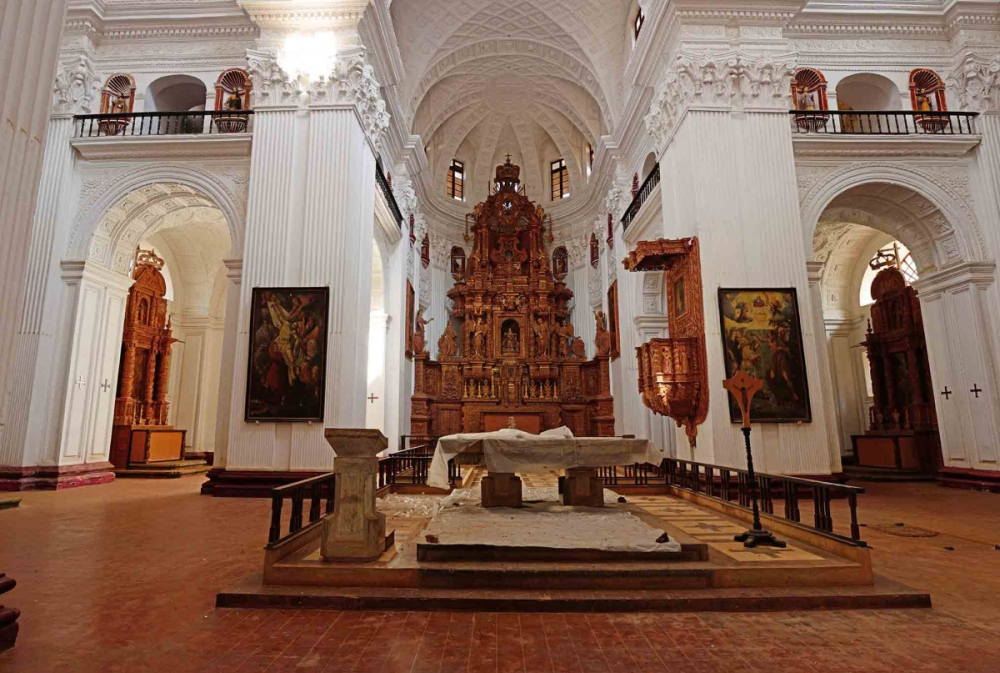
Figure 3. High alter of the Church of Our Lady of Divine Providence
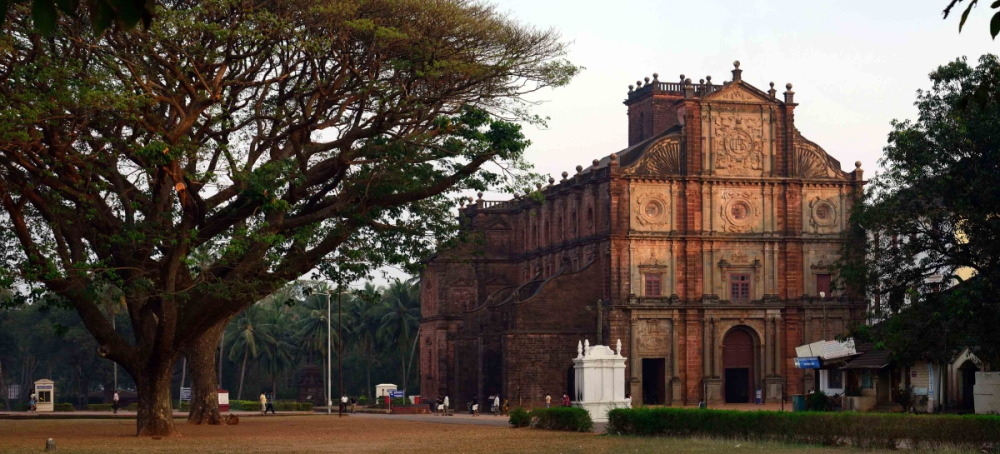
Figure 4. Side view of Basilica of Bom Jesus
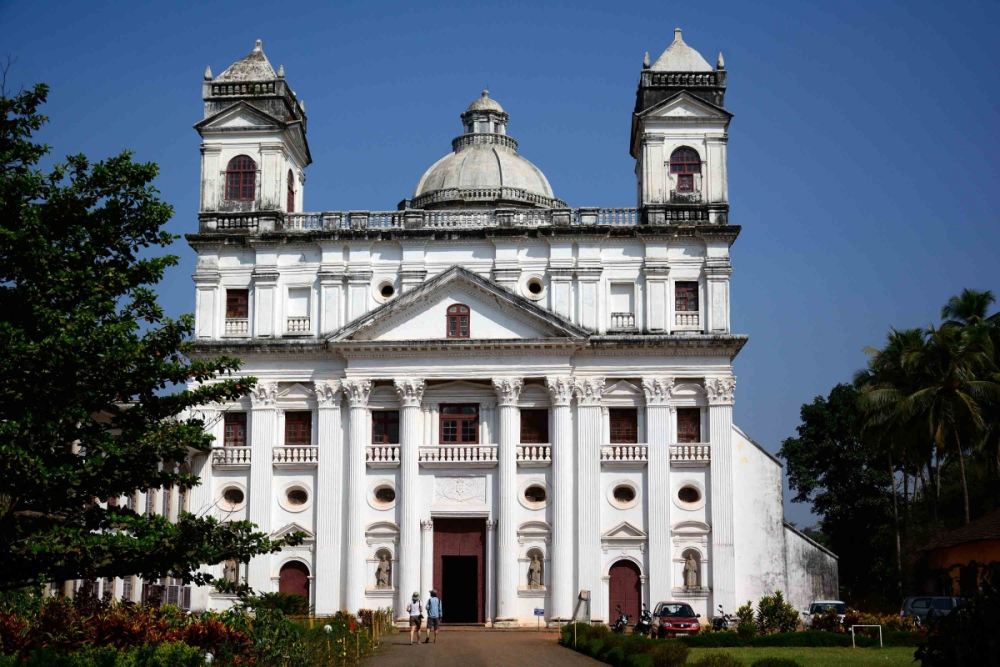
Figure 5. The Church of Our Lady of Divine Providence (Nossa Senhora da Divina Providência), built from 1656 to 1672, was part of the Convent of St. Cajetan belonging to the Italian order of Theatines.
But, right in the midst of all this grand building, many scholars see the beginning of the city’s decline (Disney 2009, de Souza 1990…). Its population at its highest appears to have been 75,000 to 80,000 at the start of the 17th century (Malekandethil 2009, Wilson 2015). A slow exodus of inhabitants, however, began in the second decade (Malekandethil 2009). The first to leave were the European and the Europeanised elites (Wilson 2015). Some moved to other Estado cities, but many relocated to the villages of Panelim and Ribandar on the outskirts; houses were often dismantled and rebuilt on the new sites. After the Ponte de Linhares (the bridge connecting Ribandar to the village of Panjim) was completed in the 1630s, the movement of people went further west. Their place in the city was taken by Saraswat, Bania and Jewish merchants, with the Saraswats emerging as the most powerful (Malekandethil 2009).
The blame is generally laid on recurrent and deadly epidemics, caused apparently by contaminated wells, for, unlike Lisbon, the city had no public water supply system, nor a garbage-clearing one (Rossa 1997). One of the victims of the 1639 epidemic was the then Viceroy himself. Coupled with this problem were a series of blockades of the harbour by the Dutch. The city, however, continued to function, its economy dominated now by Saraswats, but with a new image as the ‘Rome of the Orient’ thanks to the huge annual pilgrimage that developed around the feast of St. Francis Xavier, who was canonised in 1622.
The 18th century saw a general abandonment of the city (Gomes 2011, Wilson 2015), with the Viceroy’s palace closed for good in 1696. A proposal to shift the capital to Mormugao, discussed through the last decades of the 17th century, was rejected by some of the religious orders (Rossa 2011). Even when the Jesuits’ convent of São Paolo was closed down for health reasons, it was rebuilt within the city, near Nossa Senhora do Rosário.
The government of the Marquis de Pombal made a plan to revive the city in 1774, with health and infrastructure reforms, and ordered members of the administration to return. But to no avail. A new spate of demolitions, now ordered by the administration, instead took the city apart for reconstruction downstream. And even the religious orders were on their way out, for post-Enlightenment Portugal frowned upon them. The Jesuits had already been expelled; the rest would follow in 1834.
Artworks, fittings and furniture were removed and relocated so that ‘scattered through Goa one finds altars, pulpits, images, baptismal fonts, rescued from the velha cidade (old city)’ (Gomes 2011). The capital formally shifted to Nova Goa (New Goa) in 1843, the official conceit being that this comprised the original capital along with the new settlement and the region in between. But the Cidade was now Velha (Old) Goa.
The Birth of a Goan Architecture
The architecture of Goa is often termed ‘Indo-Portuguese’, especially in the tourism and real estate businesses, both of which dominate contemporary Goa. But, as architectural historian Paulo Varela Gomes (2011) has pointed out in his seminal book, Whitewash, Red Stone, on Goan churches, the architecture of the Goan church is neither Indian nor Portuguese. Churches like those of Goa are actually not to be found anywhere else in the world. Moreover, this hybrid architecture could not have resulted just because of local craftsmen or outside influences, given the character and integrity of the buildings.
It is true that, analysing the buildings in parts, this entablature here, this door frame there, this tower, this vault, one can see Portuguese wall composition, Flemish vaulting or ornament, Bijapuri tower design, Konkan stucco patterns and ornamental design, etc. But the churches as overall buildings did not result from the sum of their constitutive parts. Their builders and patrons knew how they wanted a Catholic church to look and how they wanted it to be experienced. Their understanding was not Portuguese, Flemish, or Indian, but Goan Catholic, or Indo-Portuguese if you like. (Varela Gomes 2011)
This Goan architecture arose in Ilhas in the late 17th century, when a ‘native clergy’ had arisen and was fighting for recognition (2011). But, although the first two fully Goan churches were not in Old Goa, but in the parishes of Talaulim just south and Divar across the river, they were clearly inspired by the 17th-century Cidade.
The city’s earlier architecture had long disappeared by then, thanks to rebuilding. Only the Nossa Senhora do Rosário (figure 6) remains of the 16th century, with a single nave and a tower over the narthrex typical of the late medieval era, along with Manueline rope mouldings and Solomonic pillars.
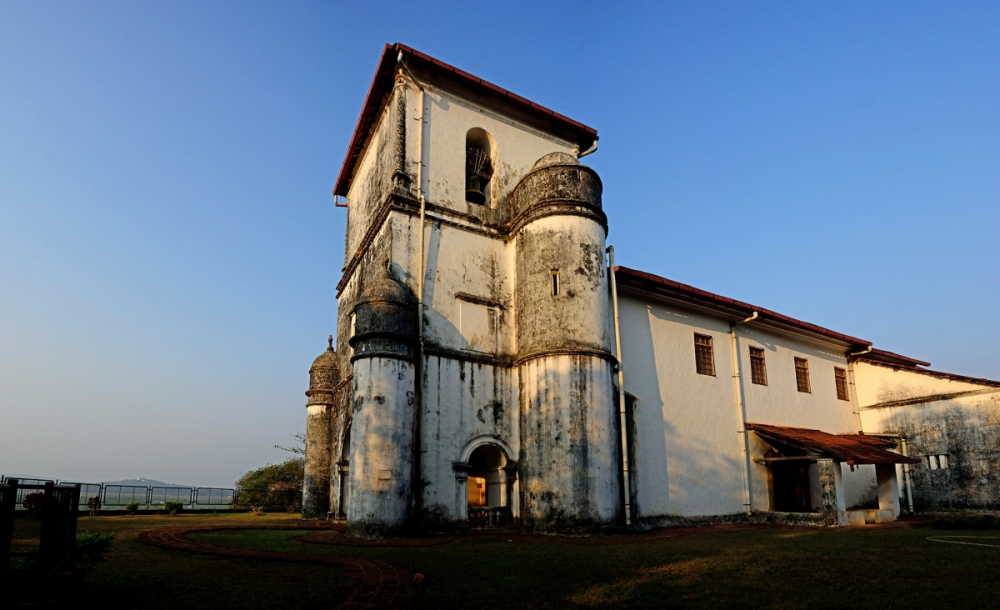
Figure 6. The 16th-century Church of Our Lady of Rosary (Nossa Senhora do Rosário) is the oldest shrine in Old Goa today
The 17th century saw grand works of the Counter-Reformation, influenced by Italy and Flanders, come up in the Cidade. A new current is seen now that would lead to the Goan Church, first visible in the rebuilt Franciscan church of Espírito Santo (1602), with its Flemish ornament and Bijapuri corner towers (Fernandes 2008). The art historian José Pereira (1995), who was the first to observe this, called it Indian Baroque.
The Sé Cathedral (figure 7) is the best example of the time. The biggest church ever built by the Portuguese outside Portugal, it was begun in 1564, halted for lack of funds and taken up again at the end of the century under Júlio Simão, the Estado’s new chief engineer. Possibly of Italian origin, many of Simão’s projects, including many churches, the Arch of the Viceroys and the Aguada fort, show a touch of the Italian Renaissance. His Sé is a pseudo-basilica (no clerestory windows between the naves), with three naves, lateral chapels, a huge vault and a double-towered three-bay front façade with Classical motifs—from the Renaissance handbooks of Serlio—and Flemish ornament in pedro do norte (the basalt stone from Bassein [Vasai] in the Províncio do Norte). One of the towers fell down in the 18th century.
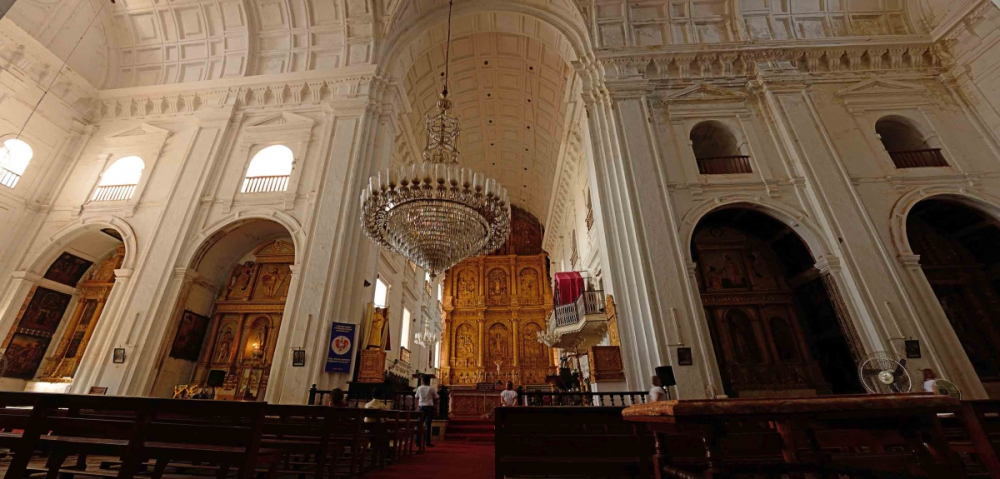
Figure 7. Sé Cathedral's chapel is full of murals, intricately-fretted woodwork, and gilded statuary depicting Jesus, Mary, and the saints.
The Bom Jesus church (constructed 1587–1605, Figure 8), which later came to be known as the Basilica of Bom Jesus, was complete except for its façade when Simão arrived in Goa. Probably designed by him, and again according to Serlio’s recommendations, using Flemish ornament and cladding in pedro do norte, this would be one of the most influential church façades in South Asia.

Figure 8. The lavishly-sculpted and gilded retable in the Basilica centres on the figure of St. Ignatius Loyola
The Augustinian church of Nossa Senhora de Graça (Our Lady of Grace, Figure 9), in ruins now, was apparently modelled on the Sé and the Bom Jesus church, with the latter’s superimposition of three classical orders, topped by a fourth in the central bay, and flanked by the former’s two towers. All of this would become characteristic of Goan architecture (Varela Gomes 2011).
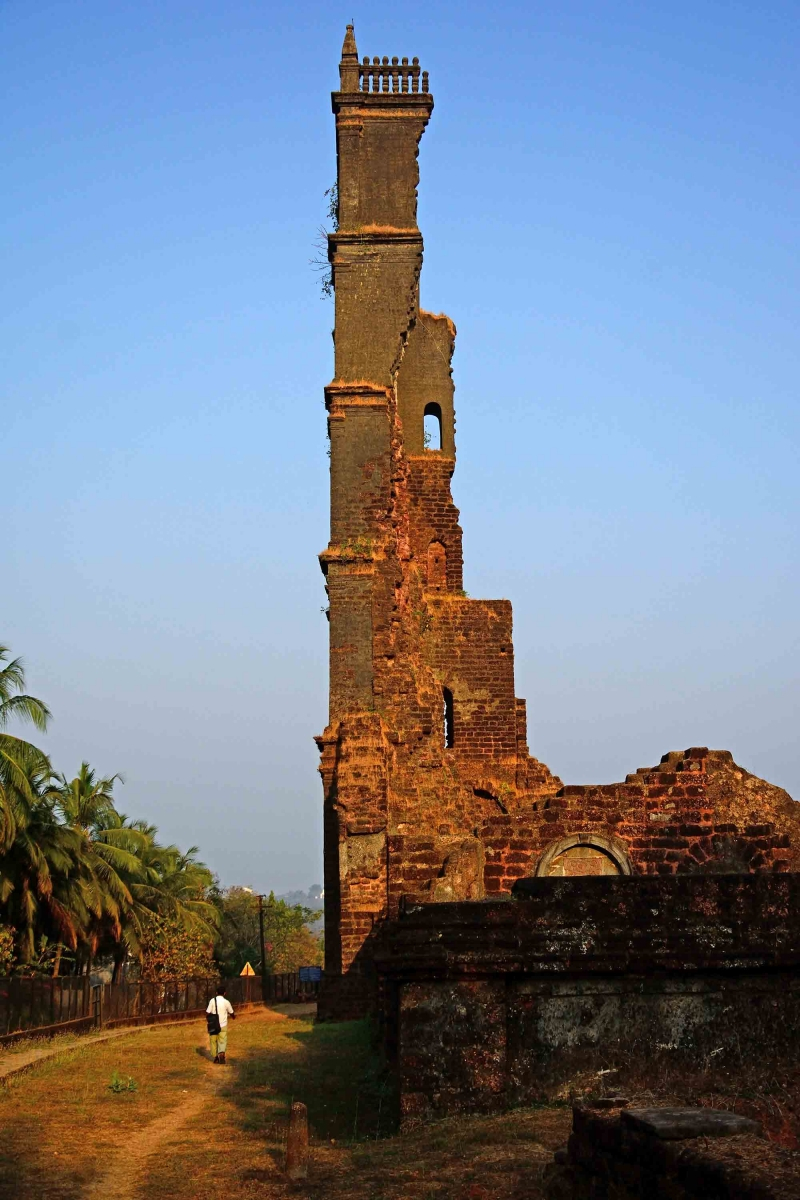
Figure 9. The Church of Our Lady of Grace is believed to have a façade similar to that of the Basilica of Bom Jesus. Today only this one five-storey tower remains.
The chapel of Nossa Senhora do Monte (Figure 10) is also of this period. Here Italian classical mouldings were simply plastered and whitewashed, a new stylistic direction adopted by some Goan churches.
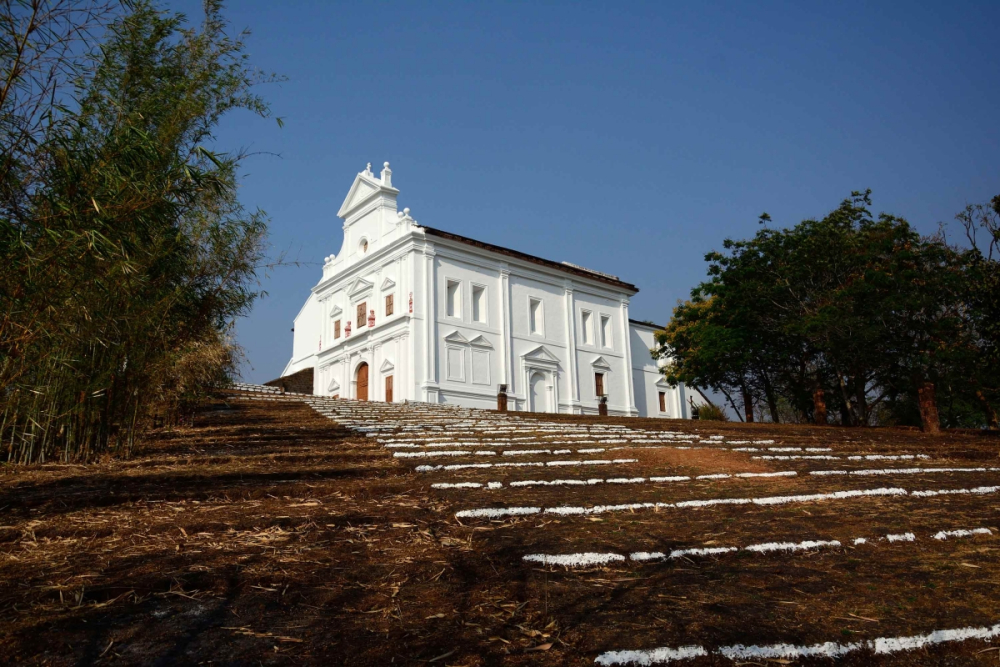
Figure 10. The Chapel of Our Lady on the Mount (Nossa Senhora do Monte) is situated on a hill to the east of the city, with a wide view of the river.
A final but seminal example is the Italianate church of Our Lady of Divine Providence (figure 11) of the Theatines (1656–72). It is Goa’s first domed church with a Greek cross layout and a façade inspired by St. Peter’s of Rome. It led to a passion for Renaissance domes across Goan architecture (Kanekar 2017), and also to a unique solution for the problem of how to make the church dome, always placed over the church crossing, visible in the front façade: the Goan false dome (Santos 2017).
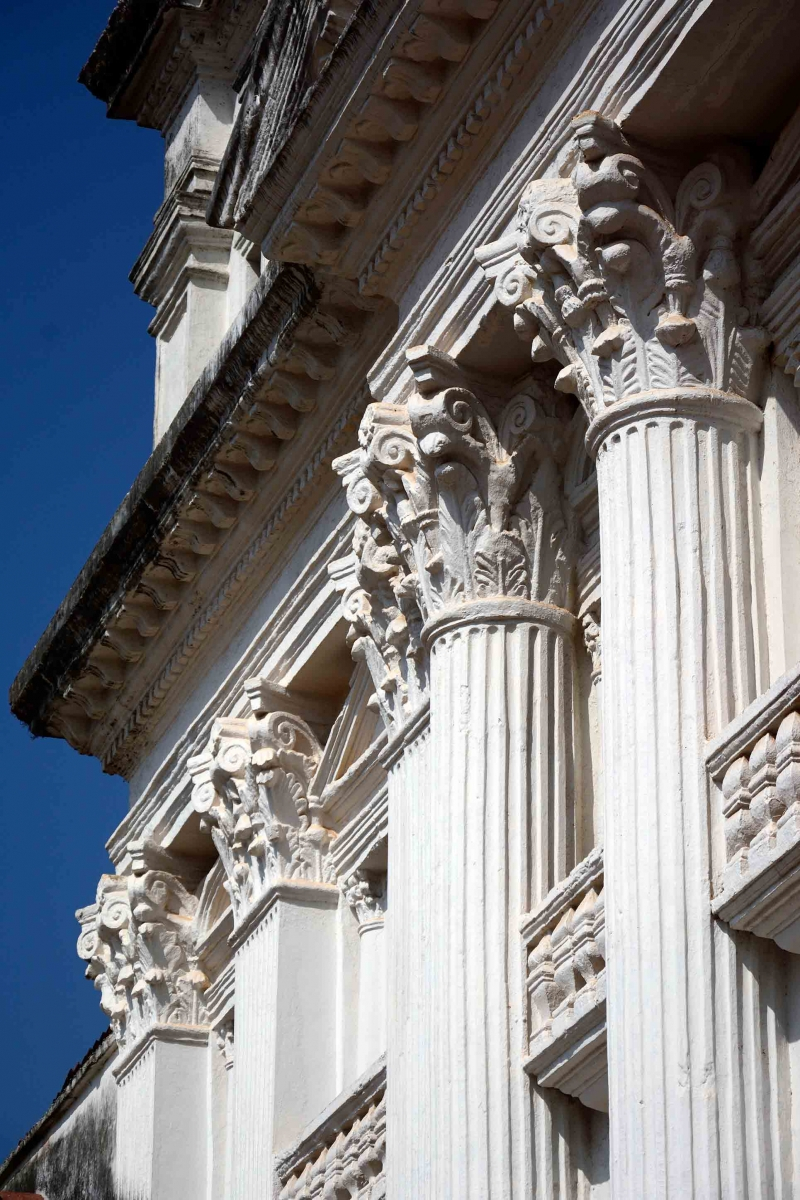
Figure 11. The colossal pillars along the façade of the Church of Our Lady of Divine Providence
Condition Today
The systematic demolition and dismantling of buildings, ruined or otherwise, that had started in Old Goa in 1760 continued till about 1890 (Mendiratta 2011). However, buildings began to be listed, repaired and improved in the second half of the 19th century, and an archaeological committee and museum were set up in the 1890s. Archaeological excavations began in 1906. Conservation of the existing heritage was begun, along with infrastructural improvement in the city; some sites were even listed as national monuments with rules for their protection (Mendiratta 2011).
A different approach was adopted by the Estado Novo dictatorship which came to power in the 1920s, with its massive propaganda campaign to glorify the Portuguese nation and thus also preserve the threatened empire (Santos 2016). The idea now was to restore the city to its old (and also a new) magnificence. The result was much repair work in the 1950s and also the renovation of some monuments along the lines of what was being done in Portugal (Santos 2015).
In 1959, a new Goan commission was set up to plan the future of the city. It proposed to regularise the street layout, introduce emblematic plazas, squares, main avenues and gardens, monumentalise the built heritage, display public art, and also designate sites for new construction and functions—the aim being to ‘re-animate’ the city (Santos 2016). New roads were laid out and a statue of the poet who had celebrated the Estado in verse, Luís Vaz de Camões, was erected in a prominent location. But much was still being argued over when India annexed Goa in 1961.
The Indian government put some of the city’s sites under protection, either as ‘national monuments’ under the Archaeological Survey of India (ASI) or ‘regional monuments’ under Goa’s Directorate of Archives and Archaeology. Protection meant basic repairs and maintenance, along with touristic advertisement from the 1980s, when huge state support for tourism began. Here again, a nationalist version of history, this time Indian, was propagated with the removal of Camões’ statue after it was vandalised by a mob in 1982 (Fernandes 2016) and the changing of street names.
Old Goa, though not the entire historic city, was included in the UNESCO World Heritage List in 1986. In fact, most archaeological remains lie outside the protected buffer zones (Wilson 2015). Even within the protected area, archaeological excavations have been very limited (Mendiratta 2011). Coupled with this is the destructive nature of development in today’s Goa, like the increase in the number and width of roads, real estate development (of mostly vacation homes) encroaching into the sites, and uncontrolled mass tourism. For example, a giant new highway was built just south of the protected monuments, within the limits of the old city.
Edgar Ribeiro, ex-Chief Town Planner, Government of India, has pointed out that the requirements of heritage protection, according to India’s own laws and the many international charters that India has signed, have not been met in Old Goa. A critical example is the control of the immediate surroundings, with the required buffers of 100 metres for no development and a further 200 metres for regulated development, not being even marked (Ribeiro 2013).
As for individual sites, neglect has been compounded by improper repair work. Neglect has resulted in leaking roofs, structural collapse, rising dampness, vegetal and insect infestations, and decayed walls, plaster and woodwork, according to conservation architect Ketak Nachinolkar (2017). The damage through so-called ‘repairs’ has been caused by the use of cement plaster in place of the original lime mortar, re-tiling over the original flooring, and having priceless old murals and painted tiles, known as azulejos, hidden behind new layers of paint (Nachinolkar 2017). Some of this has been corrected by recent restoration projects under professional conservation architects and art restorers, for instance, in the chapel of Nossa Senhora do Monte, the St. Maria church in the Santa Monica convent, and the Cruz Milagrez church.
Some of the sites have been adapted for re-use, for example, the ASI’s Archaeological Museum is housed in the Franciscan convent. The Santa Monica convent, which was closed after the last nun died in 1885, now houses the Mater Dei Religious Institute and the Museum of Christian Art. The ruined Augustinian convent as also the surroundings of the Nossa Senhora do Monte are being used for music festivals, while an art exhibition was recently held in the St. Maria church. However, even though it is well known that buildings last better when in use than abandoned, there is also a danger of misuse, and given the context of increasing ‘minoritisation’ of Christians in India, of the appropriation of sites that belong to them and their worship (Kandolkar 2016).
Thus, much more needs to be done to protect Old Goa and with a sensitivity that takes into account its tangible as well as intangible heritage. Otherwise this important site of Goa’s history and culture, and remnant of one of the modern world’s first global cities, will disappear in one way or another.
References
Disney, A.R. 2009. A History of Portugal and the Portuguese Empire: From Beginnings to 1807. Cambridge: Cambridge University Press.
Fernandes, Jason Keith. 2008. ‘Indo-Portuguese Art and the Space of the Islamicate’. Parmal 7:41–50.
———. 2016. ‘Is Camões Goan?’. Online at http://dervishnotes.blogspot.in/2016/12/is-camoes-goan.html (viewed on August 16, 2017).
Varela Gomes, Paulo. 2011. Whitewash, Red Stone. New Delhi: Yoda Press.
Kandolkar, Vishvesh. 2016. ‘The Ruins that are Not’. Online at http://alzulaijgoa.com/2017/08/17/the-ruins-that-are-not/ (viewed on August 16, 2017).
Kanekar, Amita. 2017. 'The Evolution of the Goan Temple Dome'. Paper presented at conference ‘From S. Peter in the Vatican to Goa: Domes in Goan Religious Architecture’, Instituto Camões, Panjim, February 24.
Malekandethil, Pius. 2009. ‘The City in Space and Metaphor: A Study on the Port-city of Old Goa 1510–1700’, Studies in History 25.1:13–38
Mendiratta, Sidh Losa. 2011. ‘New and Old Ideas for Old Goa: The Gracias/Vassalo e Silva conservation and musealization plan of 1959 and its aftermath’. Online at https://www.academia.edu/1172556/New_and_Old_ideas_for_Old_Goa_the_Gracias_Vassalo_e_Silva_conservation_and_musealization_plan_of_1959_and_its_aftermath (viewed on August 16, 2017).
Nachinolkar, Ketak. 2017. 'Conservation of Religious Architecture in Goa'. Paper presented at conference, Fundacao Oriente, Panaji, February 9.
Pereira, José. 1995. Baroque Goa. New Delhi: Books & Books.
Ribeiro, Edgar. 2013. ‘Mapping Heritage in Old Goa’. Online at https://charlescorreafoundation.org/2013/12/20/mapping-heritage-in-old-goa/ (viewed on August 16, 2017).
Rossa, Walter. 1997. Indo-Portuguese Cities: A Contribution to the Study of Portuguese Urbanism in the Western Hindustan. Lisbon: Commisão Nacional para as Commemorações dos descrobrimentos Portugueses.
———. 2011. ‘Goa [Velha Goa/Old Goa]: Historical Background and Urbanism, in Heritage of Portuguese Influence.’ Heritage of Portuguese Influence. Online at http://www.hpip.org/def/en/Contents/Navigation/GeographicToponymicNavigation/Place?a=579 (viewed on August 16, 2017).
Santos, J.R. 2015. ‘On the Trail of Baltazar Castro, a Portuguese Restorer in India’, in Proceedings of the EAHN 2015: Entangled Histories, Multiple Geographies. Belgrade.
———. ‘Reinstalling the Old City of Goa as an Eternal Light of Portuguese Spirituality’: The Plan for the Reintegration of Old Goa at the End of the Colonial Period’. Online at https://journal.eahn.org/articles/10.5334/ah.58/ (viewed on August 16, 2017).
———. ‘A Faraway Influence of Michelangelo’s dome in the Vatican: the Cupoliform Churches in Goa’, paper presented at conference ‘From S. Peter in the Vatican to Goa: Domes in Goan Religious Architecture’, Instituto Camões, Panjim, February 24.
Shastri, B. S. 2000. Goa-Kanara Portuguese Relations 1498–1763. Delhi: Concept Publishing Company.
de Souza, Teotonio R., ed. 1990. Goa Through the Ages: An Economic History. New Delhi: Concept Publishing Company.
Subrahmanyam, Sanjay. 1997. The Career and Legend of Vasco da Gama. Cambridge: Cambridge University Press.
Wilson, Brian. 2015. ‘In the Shadow of the Cathedral: The Production of Urban Landscapes, Human Environment Interaction, and Ruination in Velha Goa during Portuguese Colonial Occupation’. PhD thesis. Department of Anthropology. University of Chicago.
Further Reading
Kowal, David. 2001. ‘The Evolution of Ecclesiastical Architecture in Portuguese Goa’, in India and Portugal Cultural Interactions, edited by José Pereira and Pratapaditya Pal. Mumbai: Marg Publications.
Subrahmanyam, Sanjay. 1993. The Portuguese Empire in Asia. London & New York: Longman Publishing.
